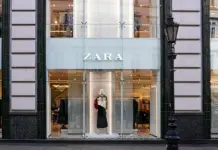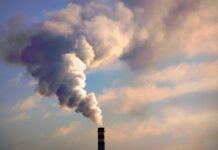The KPMG reports that retail and food service sales in the US climbed by a meagre 0.2% in February, less than the 0.6% increase market expectations demand. Prospects for a recovery from the January steep drop did not materialise. Furthermore, from the originally stated -0.9 per percent, January sales numbers were lowered to -1.2 per percent.
After a downwardly revised 1 per cent drop in January, core retail sales—which exclude fuel stations, auto dealers and building material stores—rose 1 per cent in February. These numbers match forecasts of a 1.9% annualised increase in consumer expenditure for Q1, so supporting a projected 1% rise in real GDP.
Consumers becoming more price careful and cautious causes department store sales to drop 1.7 percent, the biggest percentage drop in almost a year. Sales in department stores over the past 12 months are down 7.5%.
General merchandise retailers sales up 0.2% including discounters, as homes—even those with incomes above $100K—gravitate towards value. After declining by the same amount in February, online sales recovered in February and increased 2.4%—another indication that department shops may have a challenging future in 2025, KPMG said in a news release. Recent confidence statistics show a dramatic change in attitude depending on income level. Although lower-income consumers clearly show financial difficulty, there are rising worries about higher-income consumers perhaps cutting their spending.
Consistent source of wealth for upper income households, the US equity market entered correcting territory last week and dropped 10% from its previous top. Consumers are under weight from tariff uncertainties and worries about the direction of the US economy.
Petrol station sales fell 1.0 percent; nearly entirely responsible for the dip is the 0.9 percent drop in petrol prices.



































